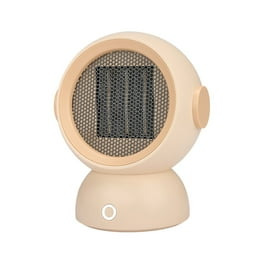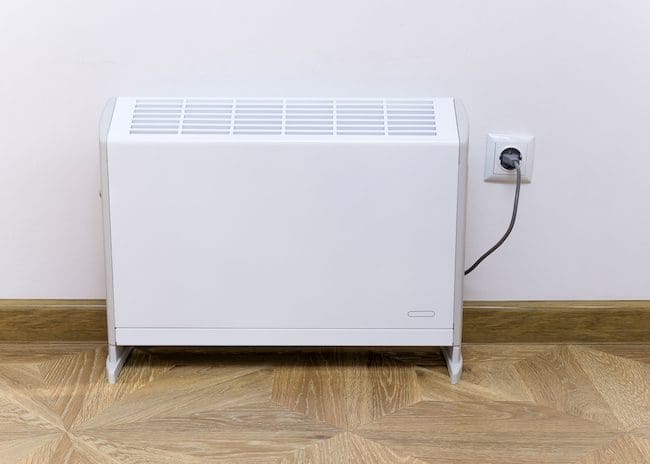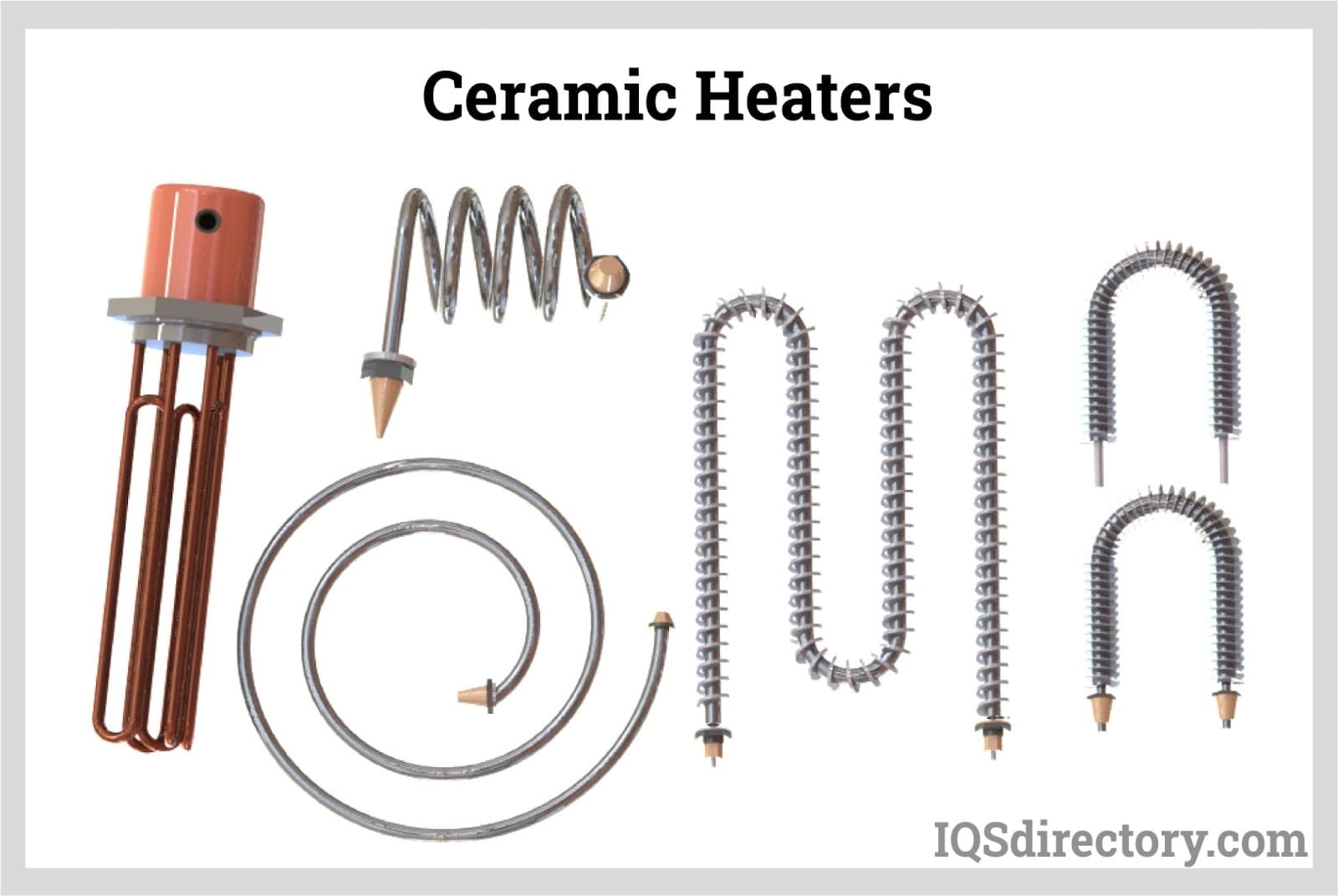1 Source Portable Air Things To Know Before You Buy
Rumored Buzz on 1 Source Portable Air
Table of ContentsThe 10-Minute Rule for 1 Source Portable AirSome Known Incorrect Statements About 1 Source Portable Air 7 Easy Facts About 1 Source Portable Air DescribedThe Main Principles Of 1 Source Portable Air Not known Facts About 1 Source Portable Air
Running prices are based upon an electrical power cost of 40c/kWh. The expenses for 3 months' use in wintertime are based on 500 hours use, or around 6 hours per day for 3 months. Maximum heat result is based upon the optimum electrical power of the versions we've examined (we concentrate on greater electrical power heating units).
This depends upon what expense you're looking at upfront acquisition, or running expense? As usual, there are compromises with either selection. Usually, small follower heating units are more economical to purchase, yet can have higher running prices. Oil column heaters will certainly be the cheapest on the marketplace to run (usually) however only by a slim margin ahead of convection heating systems (like panel and micathermic panels).
The Buzz on 1 Source Portable Air
If you have a relatively easy to fix ceiling fan, it'll help distribute the warm around the space extra evenly. The versions in our electrical heating systems test usually array in rate from well under $100 to over $900, yet we have actually located a greater price does not constantly mean better performance. A number of costly heaters have failed to impress our testers, while some less expensive designs produce surprisingly bargains.
As the name recommends, they emit warmth from a red-hot home heating component (so the household will have to take turns sitting in front of it). Glowing heating systems are reasonably cost-effective.
The reasonably subjected burner can be a fire and safety and security danger. As an example, an item of apparel dropped over it may spark, or children playing around a floor model may melt themselves, so be cautious. Glowing heaters usually set you back in between $20 and $200. Oil-filled column heaters do not in fact shed oil they utilize electrical energy to warm the oil that's secured inside their columns or 'fins'.
Indicators on 1 Source Portable Air You Should Know
Some column heating systems aren't even oil-filled but instead use other product or home heating technology to work the exact same way - 1 Source Portable Air. The threat of fire with an oil column heating system is reduced contrasted to other heater types, but never zero. Oil heaters do not have subjected aspects like radiant heaters do, and their surface area temperature level is reduced than several various other heating system types (their large area offsets it)
Oil column heating systems won't take off, and while they don't shed their oil to generate blog here warmth, it's still combustible, so more tips here there is a fire risk if the oil leakages, if the heater tips over and leaks, or if combustible things or fabric come into get in touch with or fall on the heater. You should exercise the very same level of care with oil heating units as for various other heating unit types, and never ever hang towels or garments over one to dry them use a drying rack rather, a minimum of one metre away.
Column heating units are particularly helpful in spaces where they'll be turned on for extended periods of time or where they'll operate unattended, such as overnight in a room. The surface areas you're most likely to touch on a column heater do not obtain as warm as various other kinds of electric heaters. You can utilize a ceiling follower on really low speed to assist the column heater to disperse the warm faster and a lot more evenly.
If there's not much air activity (for instance, if you're sitting reading or enjoying TV), the warm might not be dispersed uniformly. Oil-filled column heating systems typically set you back in between $50 and $450. Convection and panel heaters draw chilly air over an electric burner. The warmed air after that leaves the heater and increases in the direction of the ceiling, while cooler air relocate to replace it.
The Only Guide for 1 Source Portable Air

Convection and panel heating units are much more portable than their oil-filled column heater equivalents due to the fact that they're considerably lighter. They'll heat the air in an area uniformly and quickly. Like a column heater, you can use a ceiling follower on very reduced rate to distribute the heat quicker and extra equally. Some designs, especially panel heating units, are somewhat costly to purchase.

The Buzz on 1 Source Portable Air
Fan heating systems are typically smaller and a lot more mobile than other electric heating systems. They likewise are available in the form of tower fan heating systems, which can be better for distributing warm around larger areas due to their taller account. They can warm the air in a space much more swiftly, equally and quickly than a few other heater kinds.
They can be quite loud with the follower on full power, though are normally fairly peaceful at lower fan speeds. Fan heating units (ceramic or otherwise) generally cost in between $60 and $900. Ceramic fan heaters aren't necessarily any various in rate to non-ceramic models. A fairly recent participant into the consumer market, infrared heating units heat the space like the sunlight heats your face (without the UV rays so no risk of skin cancer). 1 Source Portable Air.